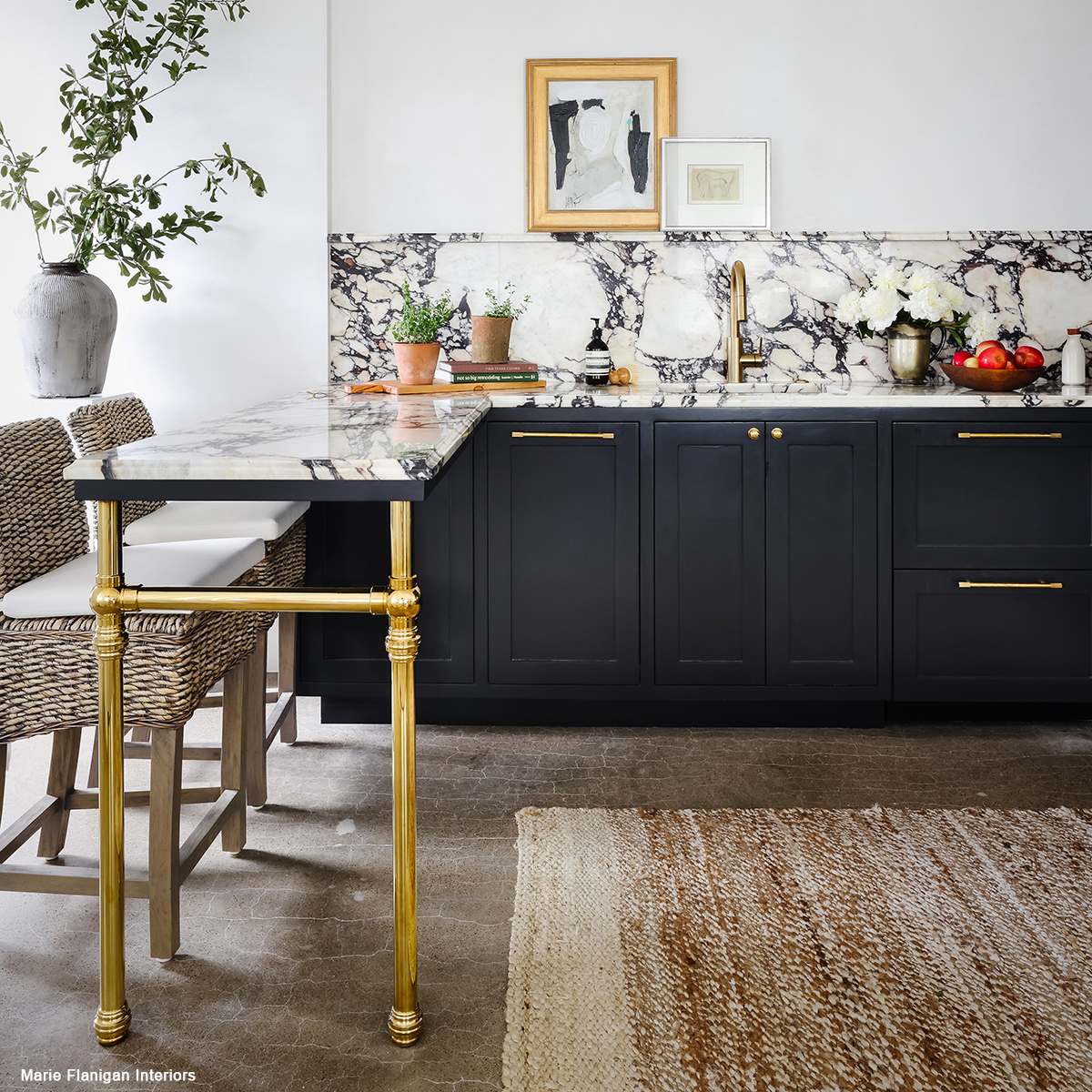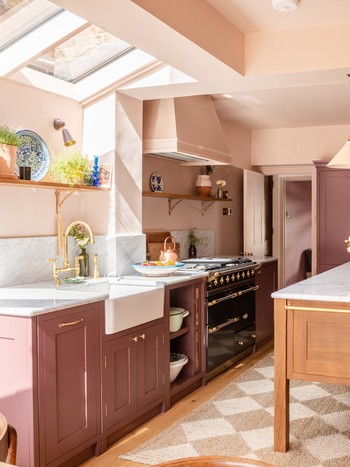Change Your Kitchen's Look with One-of-a-kind Legs For Kitchen Island Accessories
Change Your Kitchen's Look with One-of-a-kind Legs For Kitchen Island Accessories
Blog Article
Important Aspects to Take Into Consideration When Choosing Legs For Kitchen Island
Choosing the ideal legs for a cooking area island entails a mindful analysis of several factors that can substantially affect both performance and visual allure. As we discover these elements, it becomes clear that each decision can have significant implications for the overall cooking area experience.
Product Options
When picking legs for a kitchen area island, comprehending the numerous product choices is crucial for attaining both aesthetic appeal and structural honesty (Legs For Kitchen Island). The choice of product dramatically affects not just the toughness of the island but likewise its overall design and functionality
Timber is a prominent selection, supplying warmth and flexibility. Strong hardwoods, such as oak or maple, offer toughness and can be tarnished or painted to match the cooking area decoration. Metal legs, commonly made from stainless-steel or functioned iron, add a modern-day and commercial feeling while ensuring toughness and stability. These products are resistant to put on and can sustain considerable weight, making them excellent for larger islands.
Another alternative is crafted materials, like MDF or plywood, which can be a lot more cost-efficient while still providing a range of finishes. However, they may not offer the exact same level of security as strong timber or metal. Materials such as acrylic or glass can develop a modern look, though they might call for added support to ensure security.
Inevitably, the option of product for kitchen island legs ought to line up with the desired functionality and the total style of the cooking area.
Design And Style

When considering design, the shape and coating of the legs are vital. Tapered legs can supply a sense of lightness and beauty, while thicker, more durable legs can communicate toughness and security. Furthermore, the finish-- be it painted, stained, or natural-- must complement the kitchen cabinetry and countertop materials to produce a unified appearance.
Furthermore, the layout of the legs can likewise mirror individual taste. Custom or ornamental legs, such as those including detailed carvings or one-of-a-kind geometric forms, can work as prime focus, adding character and individuality to the cooking area. Inevitably, the right choice will not just improve functionality however likewise elevate the aesthetic charm, making the cooking area island a standout attribute of the home.
Elevation Considerations
Choosing the proper height for kitchen area island legs is essential, as it directly affects both capability and convenience. The standard height for a kitchen area island normally ranges from 36 to 42 inches, straightening with usual counter top heights.

It is likewise necessary to represent users' elevations and preferences. Personalizing the elevation can ensure a comfy experience for all family members, making the kitchen island an extra useful and pleasurable room.
Weight Support
Ensuring ample weight assistance for kitchen area island legs is crucial for both safety and performance. The kitchen island typically offers several functions, including cooking, eating, and added storage space, necessitating a robust assistance structure. When selecting legs, it is important to consider the total weight capacity needed based on the island's intended use and the materials that will be put on it.
The option of material for the legs plays a substantial function in their weight-bearing abilities. Solid timber, steel, and durable from this source compounds usually supply superior stamina compared to lighter products. Furthermore, the layout of the legs-- whether they are right, tapered, or have a pedestal form-- can influence their ability to disperse weight effectively across the structure.
Always consult the maker's specs regarding tons limitations to make sure that the legs can maintain the desired weight without compromising security. In recap, picking kitchen island legs with adequate weight support is important for producing a useful and safe culinary space.
Installment and Upkeep
Proper installment and upkeep of kitchen area island legs are vital for ensuring long life and security. This frequently entails safeguarding the legs to the island base utilizing ideal fasteners, making sure that the legs are degree and lined up.
When installed, normal upkeep is necessary to protect the honesty and appearance of the legs - Legs For Kitchen Island. For wood legs, routine cleansing with a moist cloth and application of ideal wood gloss can protect against moisture damage and keep their coating. Steel legs might need a gentle cleansing remedy to remove oil and crud, followed by a completely dry fabric to prevent corrosion development
Additionally, inspect the legs frequently for indications of wear or damage, such as cracks or loosened joints. visit Tightening up screws or bolts as needed can additionally lengthen the lifespan of the legs. By sticking to these installation and upkeep practices, homeowners can make certain that their kitchen area island stays tough and visually appealing for several years ahead.
Verdict

Aesthetic comprehensibility is extremely important in selecting the style and layout of legs for a kitchen area island, as these components greatly affect the overall setting of the room. Conical legs can supply a sense of agility and elegance, while thicker, a lot more durable legs can share toughness and stability.Selecting the appropriate elevation for cooking area island legs is vital, as it directly affects both capability and convenience. In summary, picking kitchen island legs with appropriate weight support is important for creating a why not try this out safe and useful cooking room.
In verdict, picking legs for a kitchen area island requires careful factor to consider of numerous factors, including product options, style, elevation, weight support, and installment.
Report this page